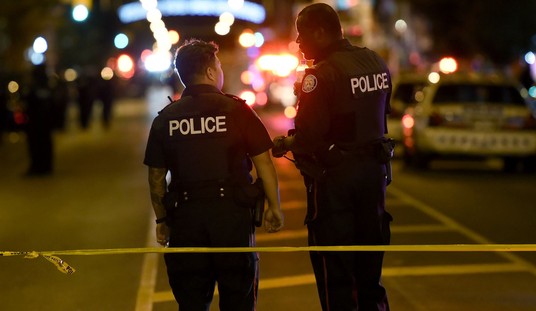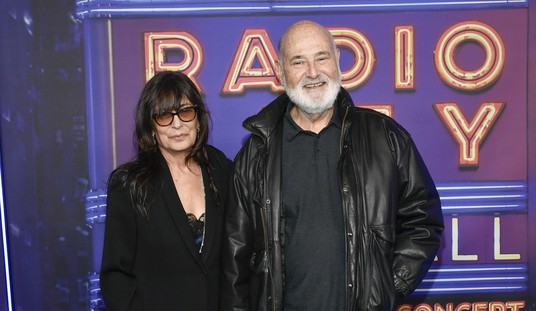One of the most bizarre celestial objects ever discovered has been captured in a photograph for the very first time.
Scientists have obtained the first image of a black hole, using Event Horizon Telescope observations of the center of the galaxy M87. The image shows a bright ring formed as light bends in the intense gravity around a black hole that is 6.5 billion times more massive than the Sun pic.twitter.com/AymXilKhKe
— Event Horizon 'Scope (@ehtelescope) April 10, 2019
Black holes were first predicted to exist by Einstein’s Theory of Relativity. Many astronomers doubted their existence, most famously, the late Stephen Hawking. But indirect evidence for their existence has been accumulating for a couple of decades until now, a black hole has finally been imaged.
Black holes are formed when a huge star dies and collapses in on itself. The gravity is so dense that nothing, not even light itself, can escape. When a black hole isn’t “eating” nearby dust and gas, it’s completely invisible. But when it’s feeding, it was theorized that the superheated gasses swirling toward the object’s event horizon would be visible to a powerful telescope.
This particular black hole is located about 55 million light-years from Earth in the center of a nearby galaxy. It’s a “supermassive” black hole with a mass equal to billions of Earth’s suns. It was imaged in a unique way, according to NBCNews.
The photo is the product of observations made in April 2017 by the Event Horizon Telescope (EHT), an international consortium that linked eight radio observatories around the world to create a single, Earth-size telescope with enough magnifying might to see what until now has been unseeable.
“Here it is,” Sheperd Doeleman, a Harvard astronomer and project director of the EHT, said as he revealed the image at the Washington briefing. “This is the strongest evidence that we have to date for the existence of black holes.”
“For 25 years this was always a dream, a fiction, an expectation,” Heino Falcke, an astronomer at Radboud University in the Netherlands and one of the EHT scientists, told NBC News MACH in an email. “I have seen many beautiful, detailed images of black holes — but all were just simulations,” he added. “This one is so precious, so beautiful, because it is real.”
Professor Derek Ward-Thompson, University of Central Lancashire, said: This is a truly remarkable result. Obtaining an image of a black hole is not as easy as snapping a photo with an ordinary camera. However, the power created by linking up all these telescopes around the world is immense.”
“It’s the equivalent of being able to see an object on the surface of the Moon that is only a few centimeters across,” Ward-Thompson said.
The kind of supermassive black hole imaged by the EHT is thought to exist at the centers of most galaxies. How such unimaginably dense objects form is a mystery that EHT might help unravel someday.
Putting aside the scientific knowledge gained from this effort, it is a remarkable human achievement and will accelerate our understanding of the universe immeasurably.










Join the conversation as a VIP Member